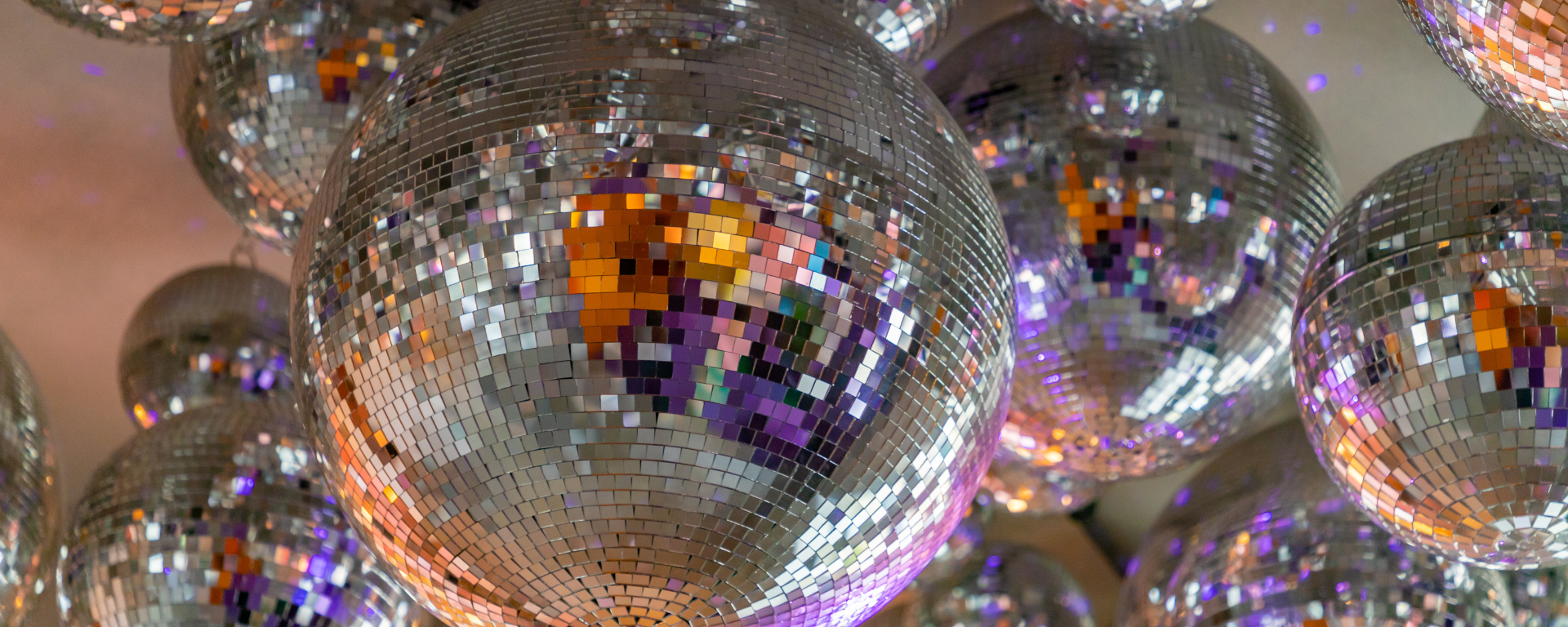You may have noticed that many artists are writing nostalgia songs going back to the 70s. Examples like Dua Lipa’s Album “Future Nostalgia” and “Juice” by Lizzo take inspiration from the disco influences of the 1970s. If you’re a songwriter looking to create a song that is nostalgic of the 70s, incorporating elements of disco music is a great place to start. In this blog, we’ll explore the key components of disco music and how you can write your own.
What Makes a Disco Song
To start, it’s important to understand the fundamental elements of disco music. Disco songs are typically built around a steady beat, often provided by a four-on-the-floor rhythm, which refers to a drum beat where the bass drum is hit on every beat. This creates a strong and consistent beat that makes it easy to dance to. Disco songs also often include elements like strings, horns, and funky guitar riffs.
The Chords of Disco
When it comes to writing a disco chord progression, simplicity is key. Disco songs tend to use simple chord progressions, often repeating a single chord progression throughout the entire song. One popular progression is the I-IV-vi-IV progression, which has been used in countless disco songs, from “Stayin’ Alive” by the Bee Gees to “Le Freak” by Chic. Another common progression is the ii-V-I progression, which can be heard in songs like “I Will Survive” by Gloria Gaynor.
The Melody
For the melody, disco songs often feature repetitive and catchy hooks that are easy to sing along to. One popular technique is to use short, simple melodies that repeat throughout the song. These melodies often emphasize the root note of the chord progression and make use of simple rhythms that are easy to dance to.
The Disco Beat
When it comes to rhythm, disco songs are known for their danceable beats. To create a disco rhythm, start with a four-on-the-floor drum beat and add elements like hand claps, congas, and other percussion instruments to create a lively and engaging groove.
The Detail
To give your disco song a true 70s feel, consider incorporating elements like strings, horns, and funky guitar riffs. These instruments were commonly used in disco music of the era and can help to create an authentic sound.
As you write your disco song, be sure to listen to plenty of music from the era to get a feel for the style and structure of disco songs. Pay attention to the chord progressions, melodies, and rhythms used in classic disco songs, and consider how you can incorporate these elements into your own music. Writing a song that is nostalgic about the 70s can be a fun and rewarding creative challenge. By understanding the key elements of disco music, you can create a song that captures the spirit of the era while still sounding fresh and original.

